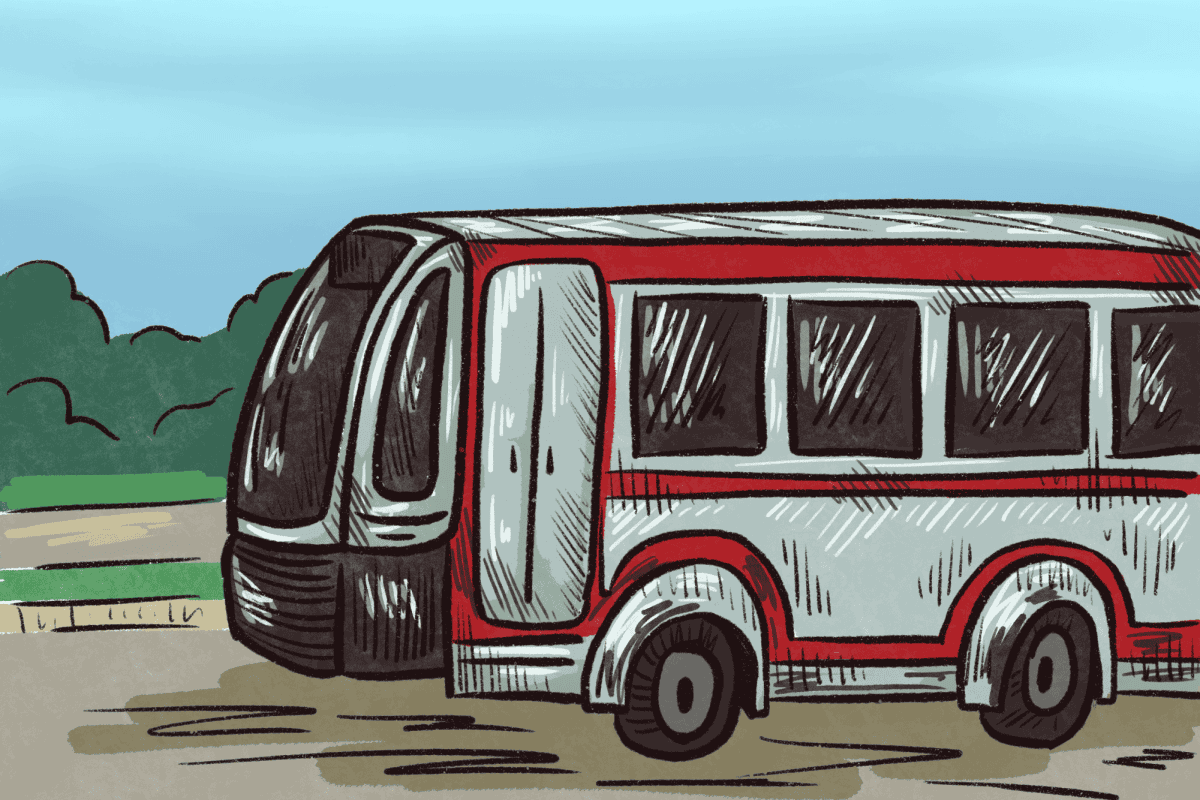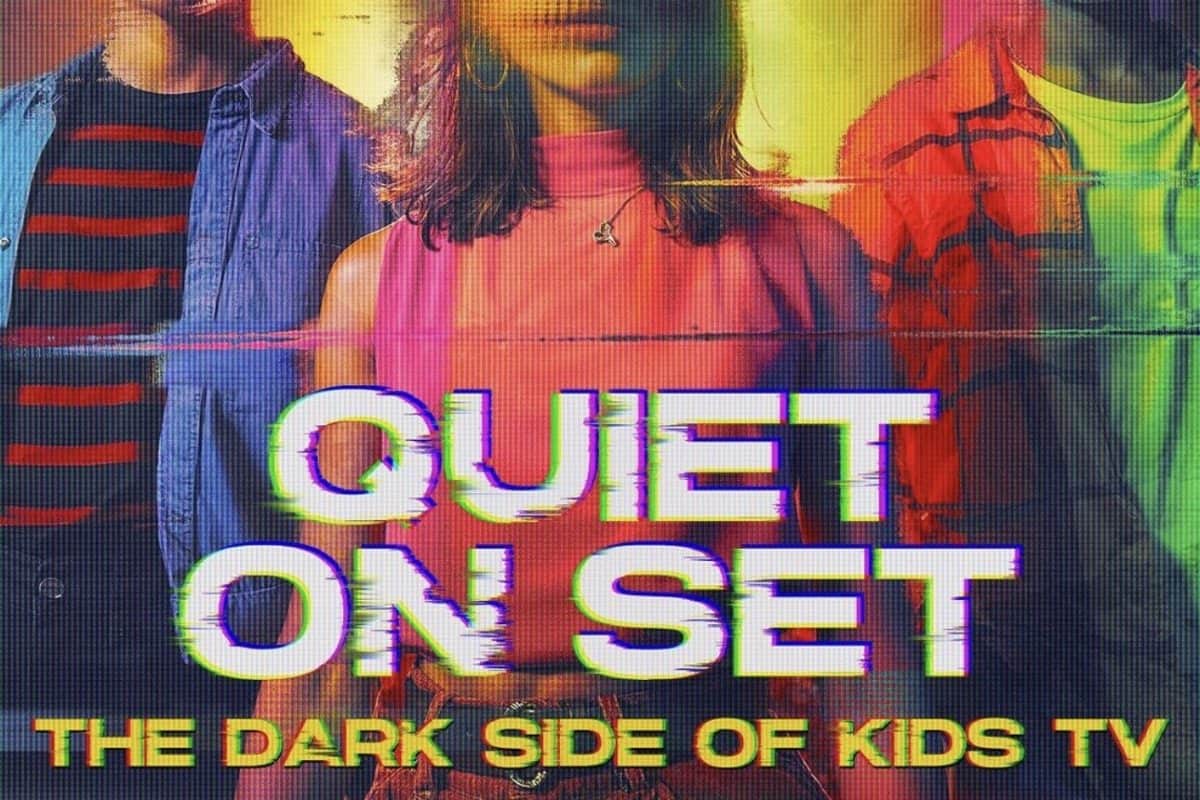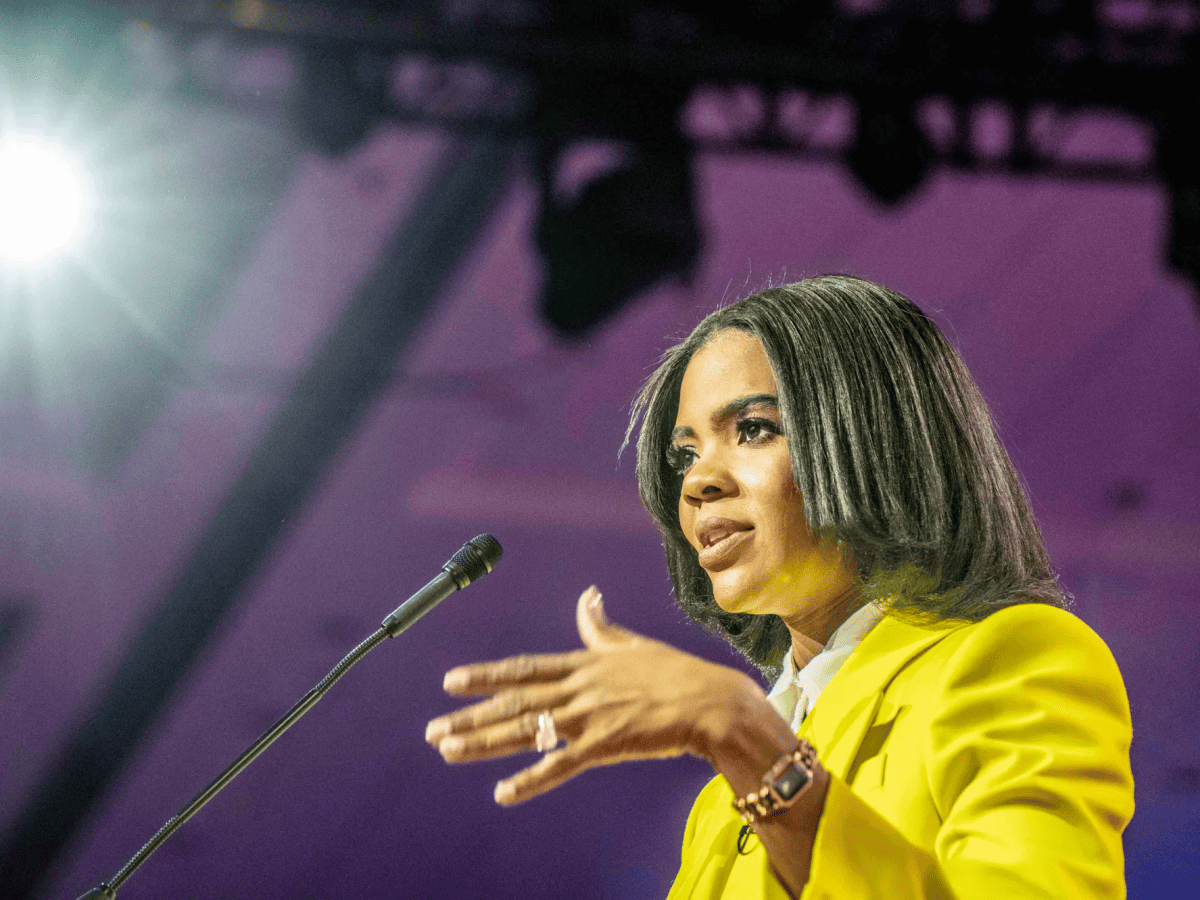A few weeks ago, police officers shut down a harmless student organised “Harlem Shake,” which took place in front of Gorgas Library steps after barely five minutes of action. This Wednesday, as I walked to class across the Quad, I was stopped in my tracks by a huge orange sign reading “Warning, genocide photos ahead.”
Actually from far away, all that could be discerned from the sign was the word “genocide” in capital letters. There were no police here this time, no one filming footage to put on the Internet, just a few placid looking students sitting on camping chairs in front of this display of horrific photographs. I’m sure what they depicted needs little more explanation.
As I drew near, I realized this was a mere extension of the chalk wars I have been tiptoeing around (or sometimes stamping on with slight annoyance) all semester, regarding one single issue: abortion. Well, not just abortion. Abortion in comparison with the Holocaust and the atrocities committed during the civil rights struggle.
I could go on. I could aggravate the question of how America came to define this topic in such extreme terms, or that freedom of speech does not mean misleading students into considering ridiculous and inflated comparisons when it comes to female rights.
But, to me, there appears another problem out of all this: The right to organize and protest as a student body and under what terms this right should be exercised.
I understand that the line between shutting down the “Harlem Shake” and allowing pictures of aborted fetuses on the Quad probably lies in the fact that one organization asked the University for permission to act and the other did not. Nevertheless, the police presence outside the library appeared, to me, a little too strong. And yet, official permission was granted to the displaying of pro-life propaganda despite its one-sided shock factor approach to a very sensitive and personal issue.
This strikes me as an imbalance. Perhaps it’s presumptuous of me to sight this comparison between two very different types of self-expression, but it seems there needs to be some kind of line drawn here if these acts of freedom of speech are to be taken seriously by either side. This expression should be universally allowed, but not offensive.
In Glasgow, we had an Occupy movement. For six months in 2011, we occupied a university building, taking it over and devising a sort of community within it. A core group would take it in turns to make communal meals, to clean the rooms and some people moved into the building full time as a peaceful act against cuts to the university and to wider cuts to social services and the arts that were at the forefront of British politics at the time.
Finally, after months of media and political attention and talks with the university, the movement was granted many of the demands it had stated and students were then removed from the building. Although it involved police and had moments of escalation, there was no serious violence and there had been no previous scuffles with the law.
Anyone could be part of this movement, and its terms were defined but not pushed on others in an extreme way. Being able to organize and act has long defined the identity of student bodies. It is a right of passage and an important gateway into political awareness. Unfortunately, what I saw a few weeks ago and on the Quad this week fell well short of providing this introduction into activism and the need for every individual to develop a strong sense of social awareness.
Lucy Cheseldine is an English international student studying English literature. Her column runs weekly on Tuesdays.






